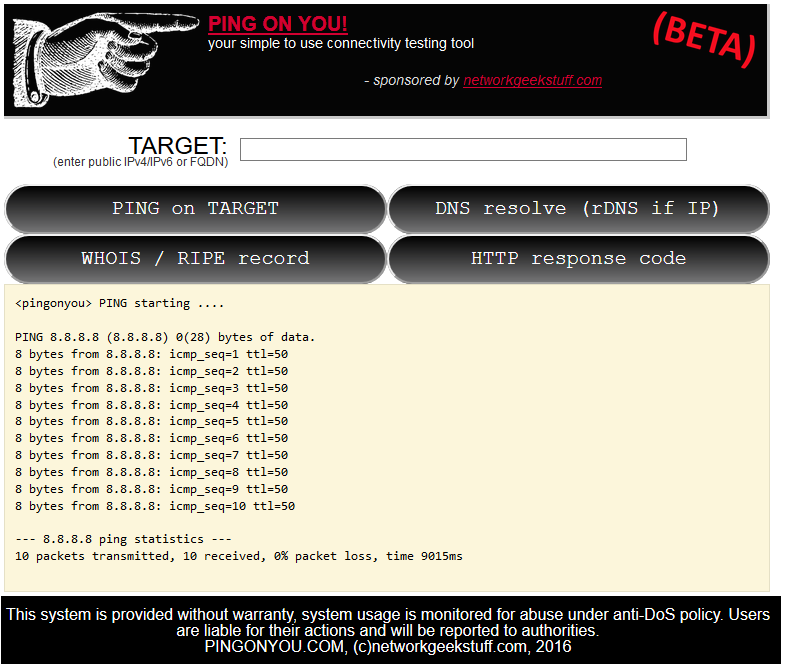How we implemented the video player in Mail.Ru Cloud

We’ve recently added video streaming service to Mail.Ru Cloud. Development started with contemplating the new feature as an all-purpose “Swiss Army knife” that would both play files of any format and work on any device with the Cloud available. Video content uploaded to the Cloud mostly falls into one of the two categories: “movies/series” and “users’ videos”. The latter are the videos that users shoot with their phones and cameras, and these videos are most versatile in terms of formats and codecs. For many reasons, it is often a problem to watch these videos on other end-user devices without prior normalization: a required codec is missing, or the file size is too big to download, or whatever.
In this article, I’ll go into detail to explain how video playback works in Mail.Ru Cloud, and how we made the Cloud player “omnivorous” and ensured support on a maximum number of end-user devices.


 Network assurance saves you time, money and keeps you away from implementation sweats. Learn more with CA Technologies' Tim Diep.
Network assurance saves you time, money and keeps you away from implementation sweats. Learn more with CA Technologies' Tim Diep.
